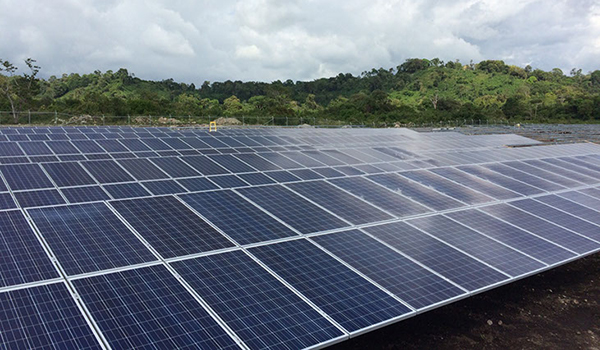
Sizing the energy production and storage components of a microgrid makes a big difference in the performance of the system – both financially and from the perspective of keeping the lights on.
That depends on the performance goals. Is the goal to achieve the lowest cost of energy (LCOE) overall? Or to shut off the gensets for days at a time during certain seasons of the year? Or hit a target rate of return or net present value?
Many of our clients own private islands. Or buildings or campuses that are islanded from the utility permanently or periodically. As many microgrid practitioners as there are in the region, they are getting that many different proposals for different solutions – and usually the owner is not an expert in microgrids. These proposals usually have a wide range of pricing, capabilities, and performance characteristics (resiliency, survivability, ease of maintenance, etc). And also a wide range of potential for happy and successful outcomes.
We always start a microgrid project with HOMER modeling. That takes real-world climate data and load projections, and runs a Monte Carlo simulation on the data set to predict performance every hour of a typical year. This is a truly bankable solution, for our clients and their bankers. That gives us the structure to help our clients with decision making and investing.
In November 2018, Azimuth Energy’s President, Marc Lopata, provided a webcast on microgrid simulation modeling using HOMER Energy software.
http://microgridnews.com/modeling-storage-in-homer-pro-why-getting-it-right-matters/
Please contact us if we can help you plan, engineer, or construct a microgrid project. We can deliver a successful project for you as the engineer/builder, or as your in-house expert advisor. We have a strong resume in a variety of these delivery processes.
